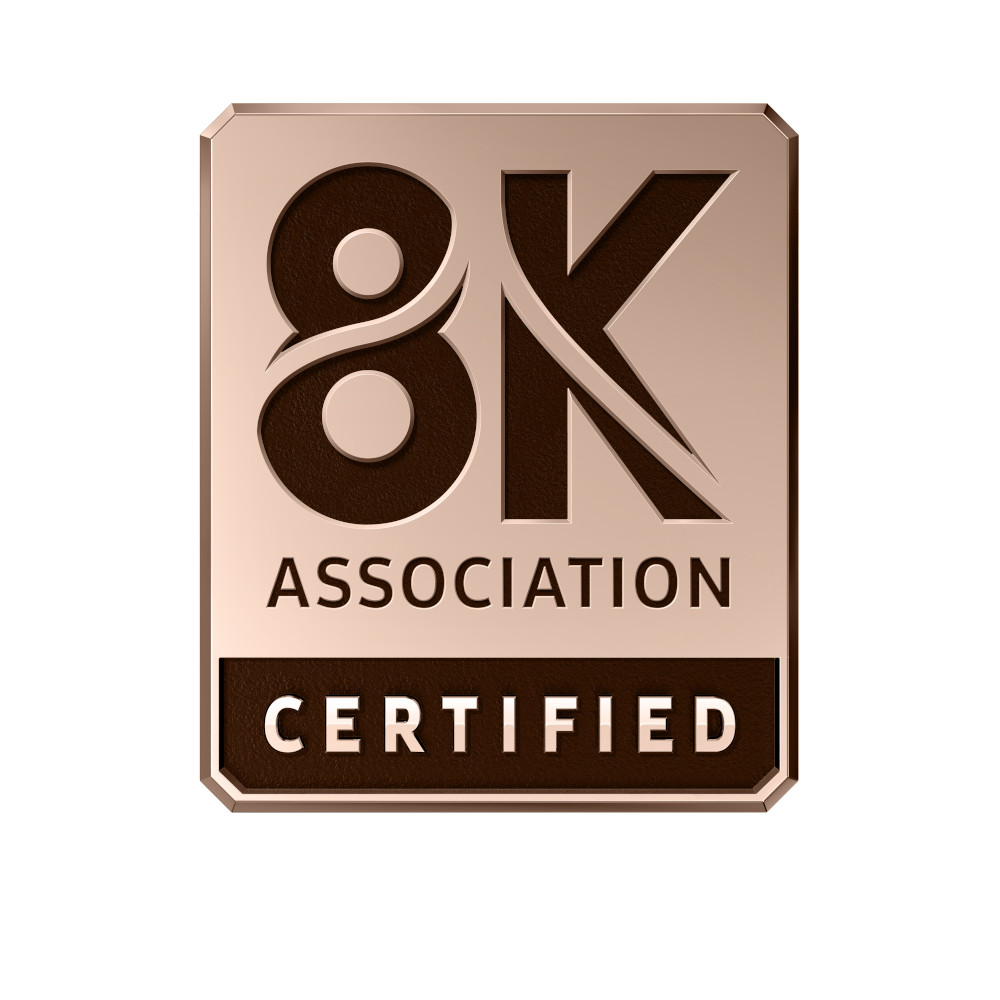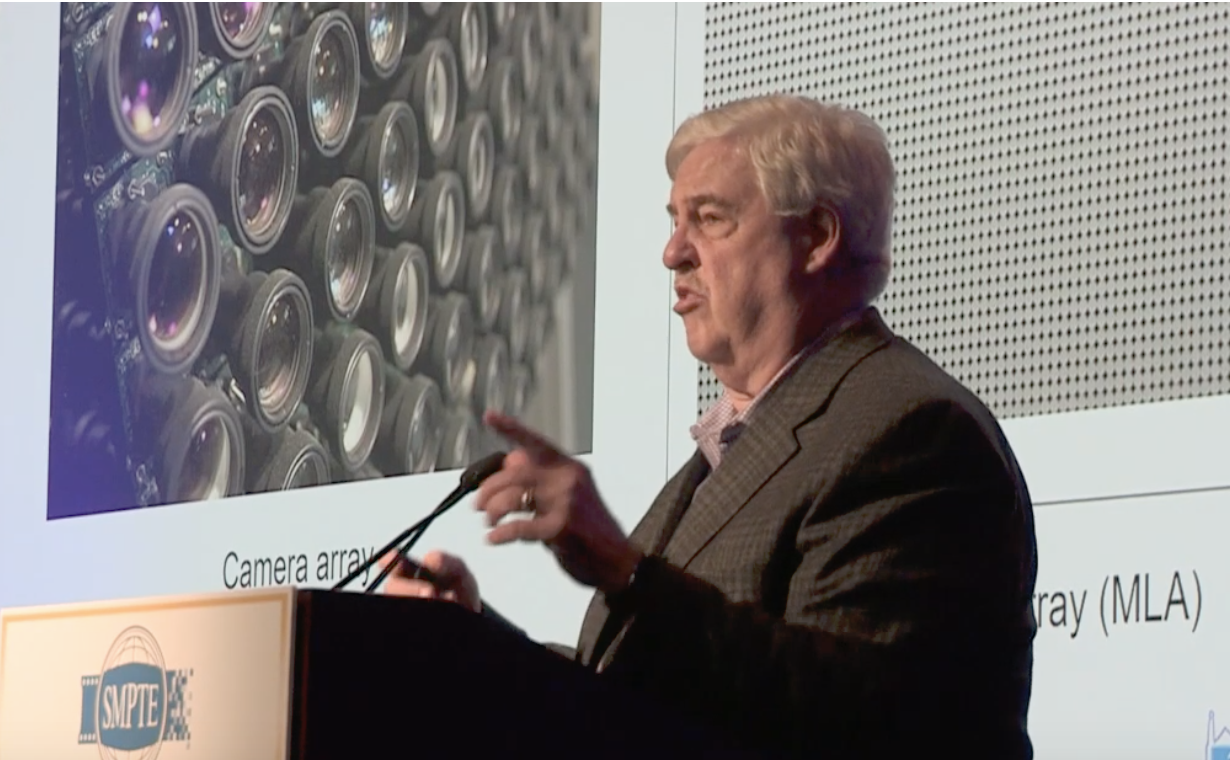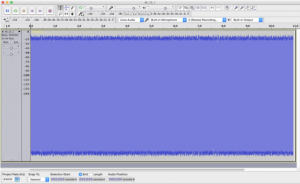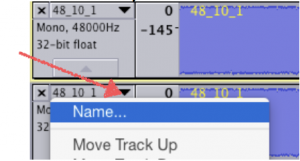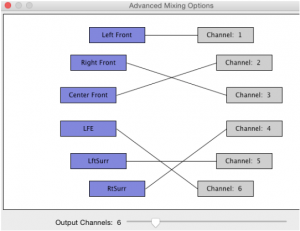You never know what a revolution is when it is mentioned by a marketing group. But if Deluxe has figured out how to keep the trust of the studios while poking things through the web, perhaps this really is.

(Los Angeles, CA–June 22, 2020) Deluxe Entertainment Services Inc. (Deluxe), the leading content creation to distribution company, today announced the launch of One VZN (pronounced “vision”), a new cloud-based IP delivery solution distributing major studio and independent content to movie theaters and exhibitors worldwide quickly and securely.
Developed in collaboration with Amazon Web Services (AWS), One VZN is an enhancement to the Deluxe One platform, the company’s flagship cloud-based solution that unifies the media supply chain. One VZN leverages Deluxe’s 100+ years of experience providing high-quality, reliable theatrical services to the media and entertainment industry and represents a continued investment in theatrical content delivery and support for the resurgence of theatrical viewing by consumers. “As our industry faces one of the most impactful hardships in modern history, we know one thing – global cinematic experiences will return. One VZN is poised to be one of the most important innovations in digital cinema distribution in the past decade, fundamentally changing not only the economics of film distribution for exhibitors and studios around the globe, but also enabling new theatrical experiences for viewers as well,” said Andy Shenkler, Chief Product & Technology Officer of Deluxe. “We are invested in the future of cinema and are thrilled to expand our relationship with AWS to bring this innovative solution to market using AWS Snowcone. Bundling connectivity, management, and unlimited capacity, we’re looking forward to reshaping theatrical distribution and getting everyone back to the movies.” One VZN uses the newly announced AWS Snowcone, a small, ultra-portable, and rugged edge computing and data transfer device, to provide secure, easy-to-manage storage of content in theater locations. One VZN distributes content from Amazon Simple Storage Service (Amazon S3) using high speed online transfers to AWS Snowcone devices in theater locations using AWS DataSync, to AWS Snowcone devices in theater locations. The combination of the Deluxe One platform and AWS Snowcone can overcome on-site storage constraints by sending smaller, customized content packages and providing an incredibly small infrastructure footprint in theaters, while also improving security with military-grade encryption. “We are pleased to support Deluxe’s innovative services that are reshaping the landscape for theatrical content distribution worldwide,” said Bill Vass, Vice President of Technology, AWS. “Together, AWS and Deluxe continue to spearhead cloud innovation for the media and entertainment industry. Deluxe One and One VZN are great examples of digital transformation built on AWS that deliver tangible benefits to a whole industry and will improve customers’ experience in theaters when it’s safe to return.” “The return of theatrical experiences is something we all are looking forward to and we are excited that our partners in the industry see the future as bright as we do. The investment in this solution represents Deluxe’s support for the future of our business and the resiliency of the theatrical market. We look forward to what Deluxe and AWS are bringing to the market and are excited about all of the possibilities,” said John Fithian, CEO of the National Association of Theater Owners. As a part of the One VZN subscription, Exhibitors will also receive managed high-speed network connectivity at no additional cost. In mere hours, content is now made available to movie theater owners and exhibitors. This reduced delivery time will have a significant impact across the end-to-end media supply chain, providing content creators and owners with additional time to finalize the production process in advance of a global distribution. Exhibitors will now be able to eliminate their reliance on the physical delivery of hard drives, providing them with the ability to add late bookings of content or dynamically extend content without constraints of server storage or the threat of new incoming titles. The solution will also provide the ability for key management integration with files at the edge as well as tighter integration between Theater Management Systems and cloud-based content repositories, driving further support for alternative content and live event experiences in theaters. One VZN will be piloted in select sites across North America as theaters slowly begin to reopen, including Premiere Cinemas, Emagine Entertainment, Classic Cinemas, ArcLight Cinemas, amongst additional major theater locations. Following the North America implementation, One VZN will continue to be rolled out globally. To learn more about One VZN, click here. ### About Deluxe Entertainment Services Inc. |
